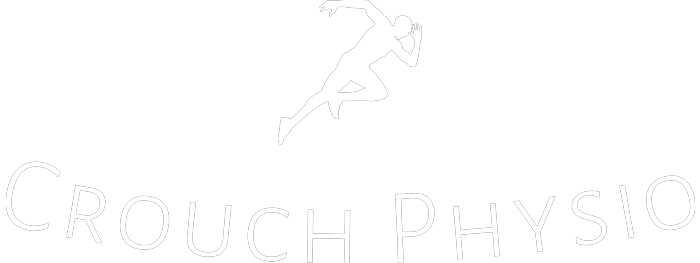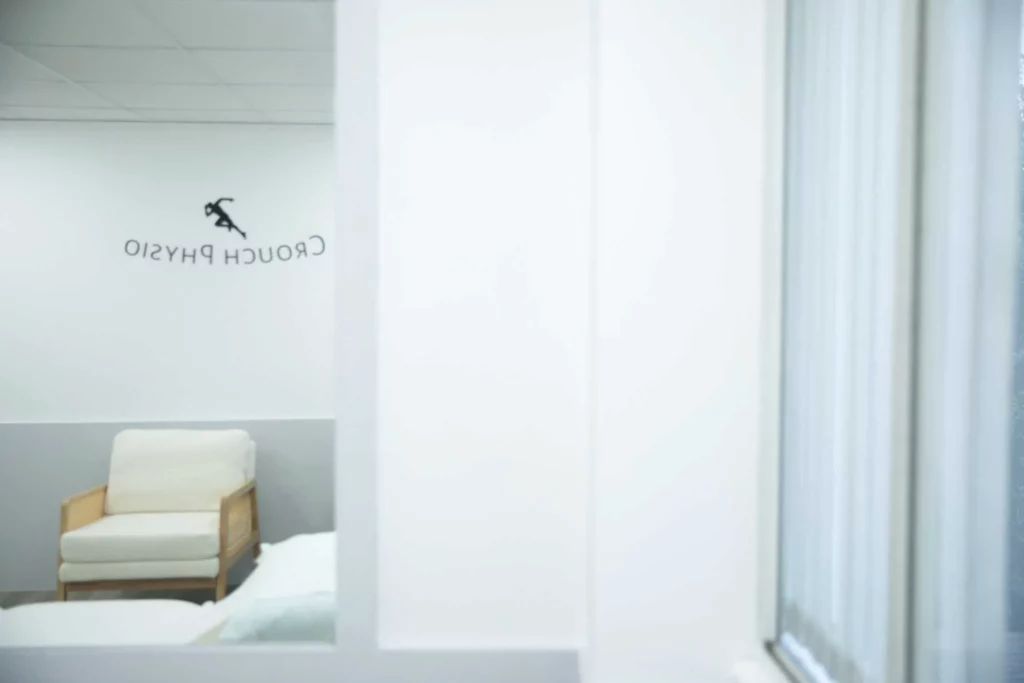Shoulder Dislocations
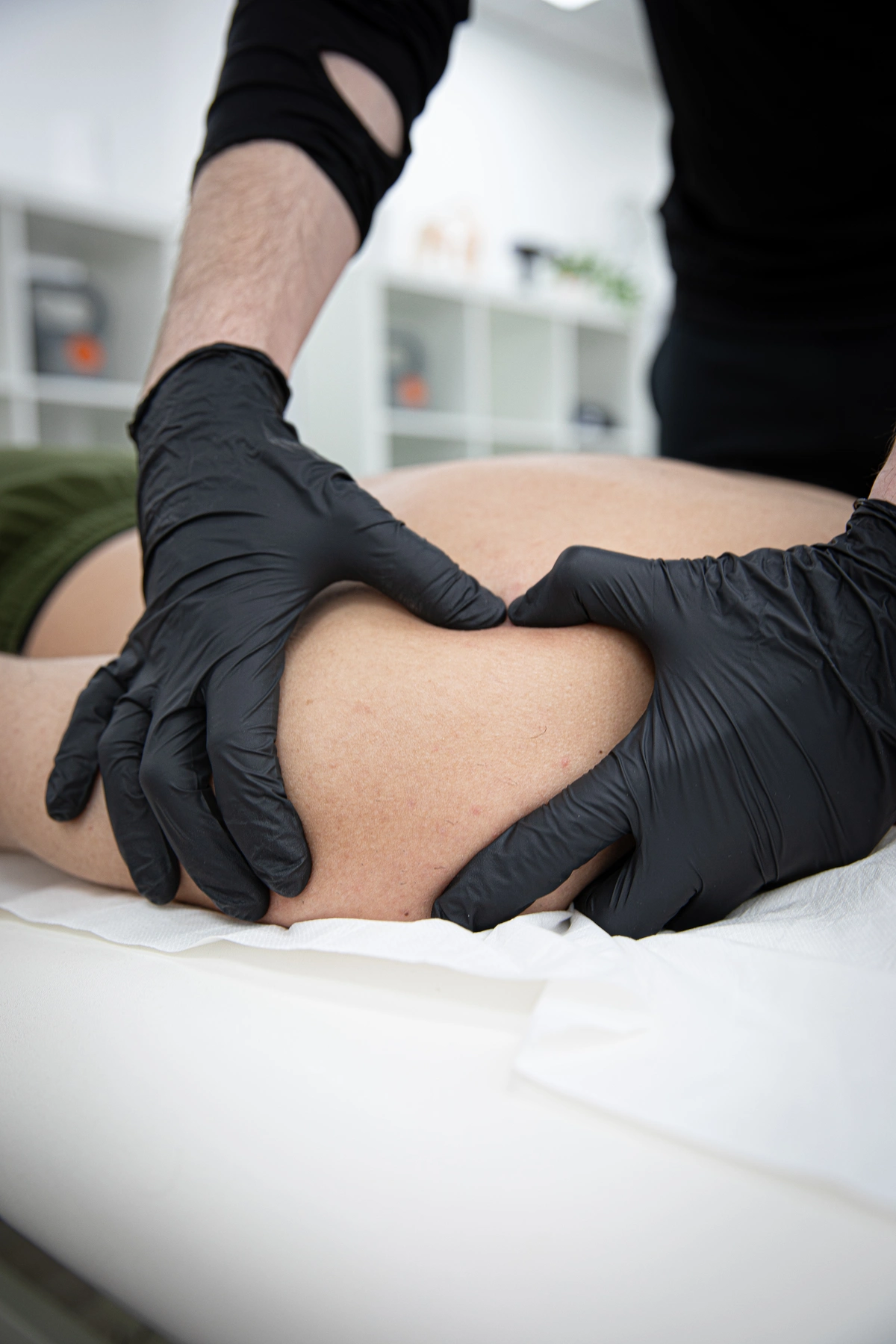
What is shoulder dislocations?
Shoulder dislocations occur when the upper arm bone (humerus) pops out of the shoulder socket (glenoid). This typically happens due to trauma or excessive force applied to the shoulder joint. There are two main types of shoulder dislocations: anterior dislocation, where the humerus moves forward out of the socket, and posterior dislocation, where the humerus moves backward.
Patient Pain Symptoms/Presentation
- Intense pain in the shoulder area
- Swelling and bruising around the shoulder joint
- Limited range of motion
- Visible deformity or bulging in the shoulder region
- Numbness or tingling in the affected arm or hand
- Difficulty moving the arm or lifting objects
- Sensation of instability or looseness in the shoulder joint
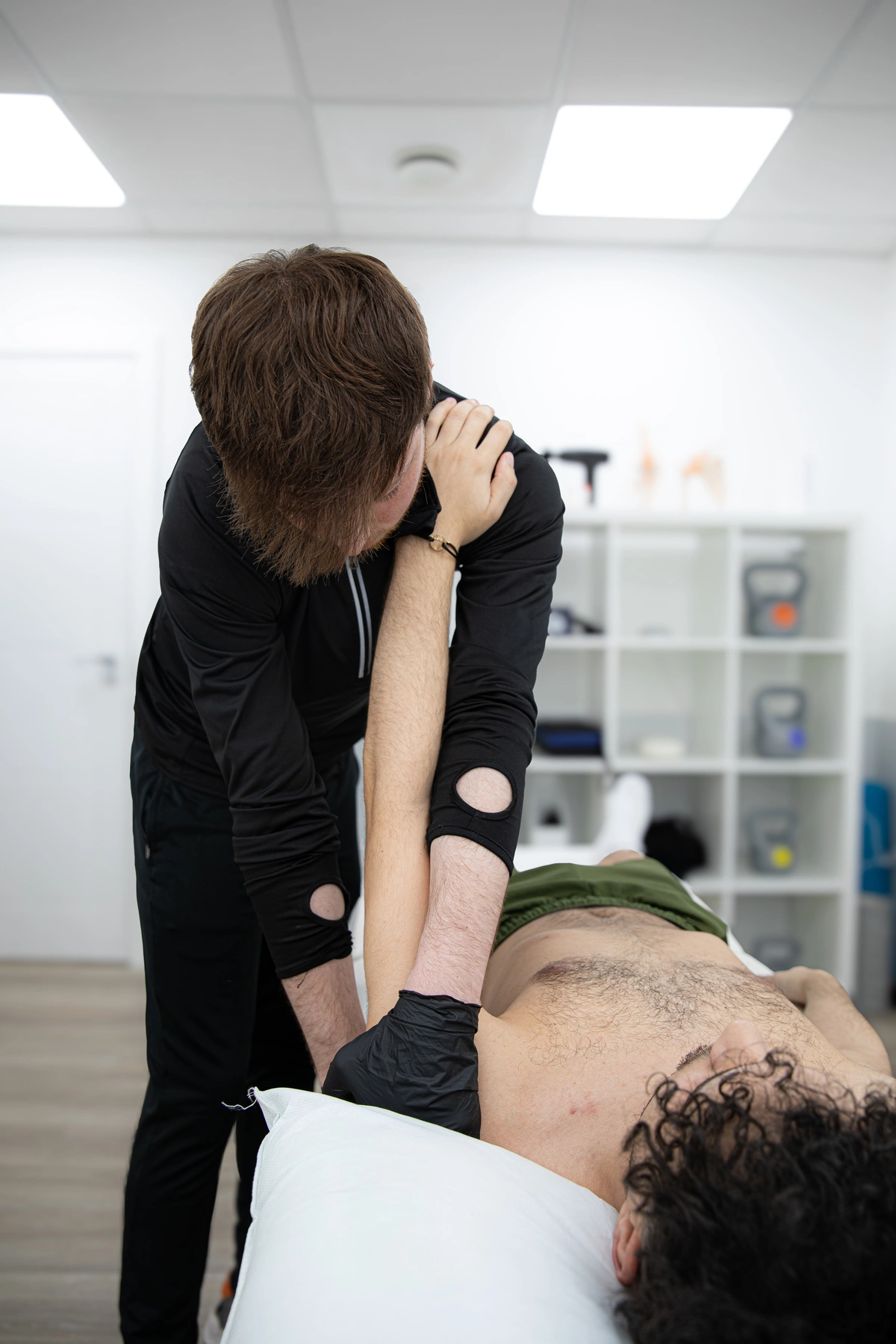
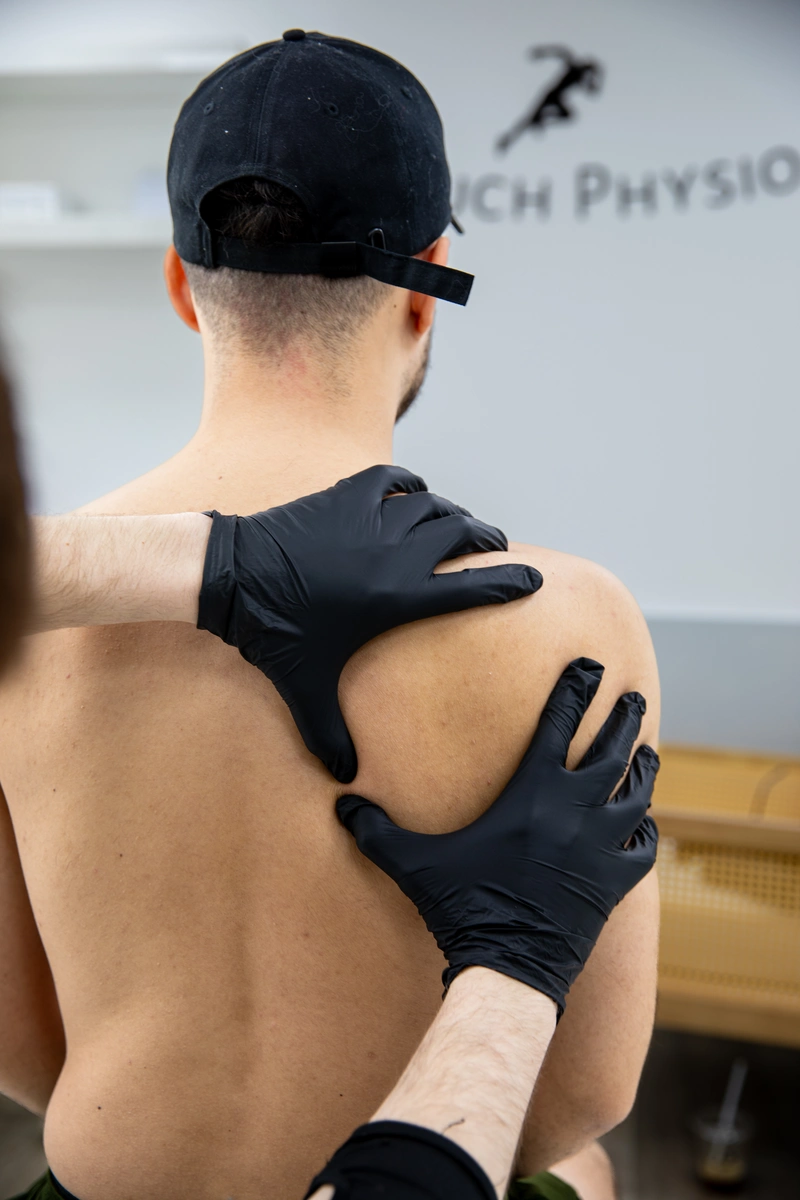
Tests to Rule In/Out Pathology
- Physical Examination: A thorough assessment of the shoulder joint, including range of motion testing, palpation for tenderness, and evaluation of stability.
- X-rays: To confirm the dislocation and assess any associated fractures or damage to the bones. ● MRI or CT scans: These imaging tests may be used to evaluate soft tissue damage, such as tears in the ligaments, tendons, or labrum.
Treatment Methods
- Immediate Care: The first step is to reduce the dislocation, typically done in a hospital or by a healthcare professional. This involves gently manoeuvring the humerus back into the shoulder socket.
- Immobilisation: After the shoulder is reduced, the arm may be immobilised in a sling or brace to allow the injured tissues to heal.
- Physiotherapy: Once the initial pain and swelling have subsided, a structured rehabilitation programme supervised by a physiotherapist is crucial. This programme includes exercises to improve range of motion, strengthen the muscles around the shoulder joint, and enhance stability.
- Surgical Intervention: In some cases, particularly if there is significant damage to the surrounding structures or recurrent dislocations, surgery may be necessary to repair the injured tissues or stabilise the shoulder joint.
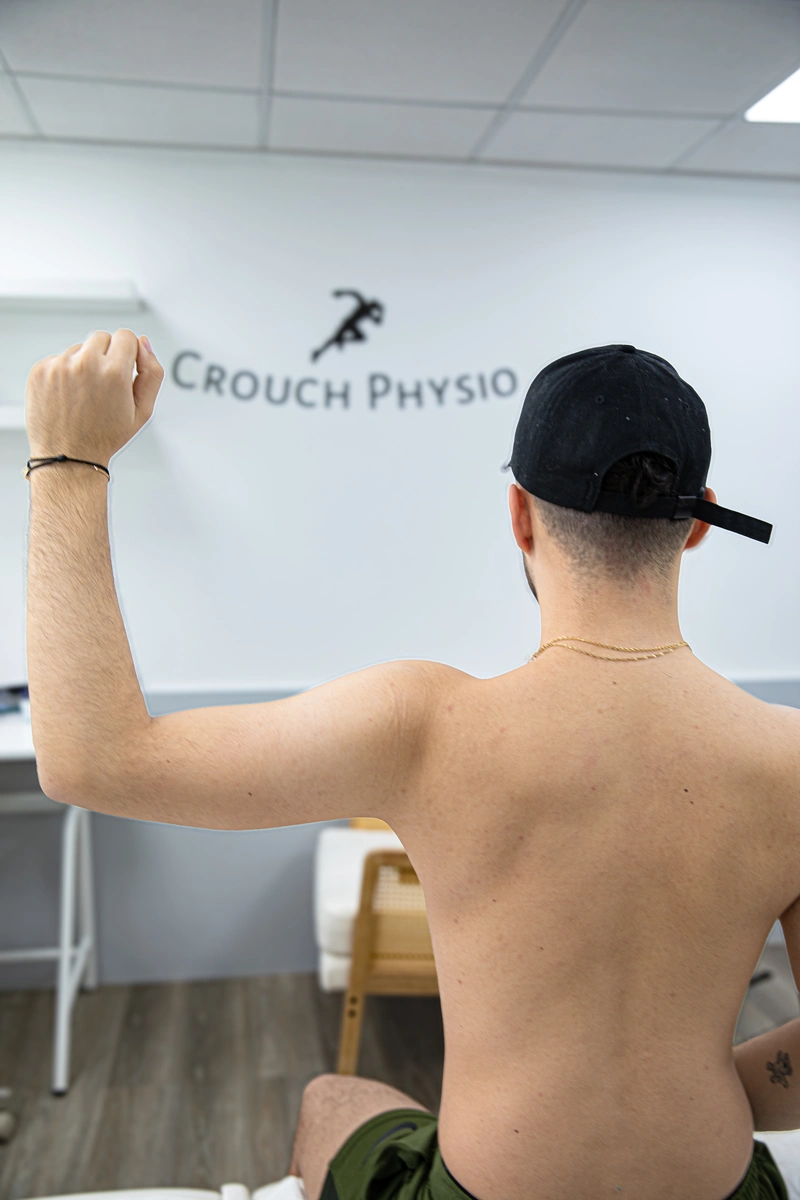

Advice from a Physiotherapist's Perspective
- Follow Rehabilitation Guidelines: Consistency and compliance with the prescribed exercises and rehabilitation programme are key to achieving optimal recovery
- Avoid Overexertion: While it's important to engage in rehabilitation activities, it's equally important to avoid activities or movements that could exacerbate the injury or put undue stress on the shoulder joint.
- Use Proper Technique: Whether performing exercises or engaging in daily activities, using proper body mechanics and technique can help prevent further injury and promote healing.
- Gradual Return to Activity: It's essential to gradually reintroduce activities and sports once the shoulder has healed sufficiently. Rushing back into intense physical activity can increase the risk of reinjury
- Listen to Your Body: If you experience pain or discomfort during rehabilitation or daily activities, it's important to communicate with your physiotherapist and adjust your programme accordingly. Ignoring pain can delay healing and lead to further complications.
